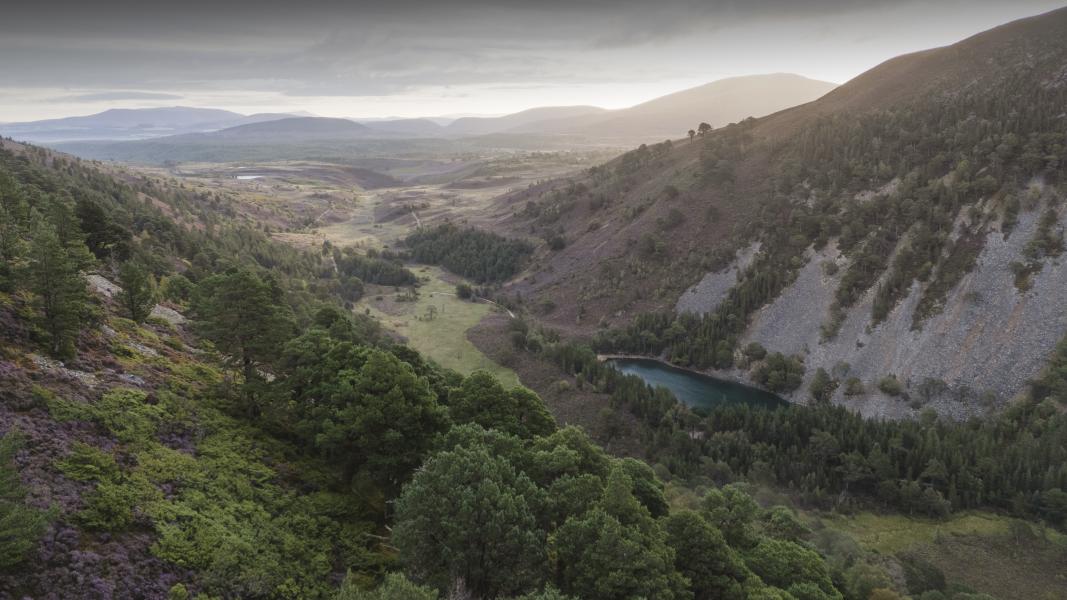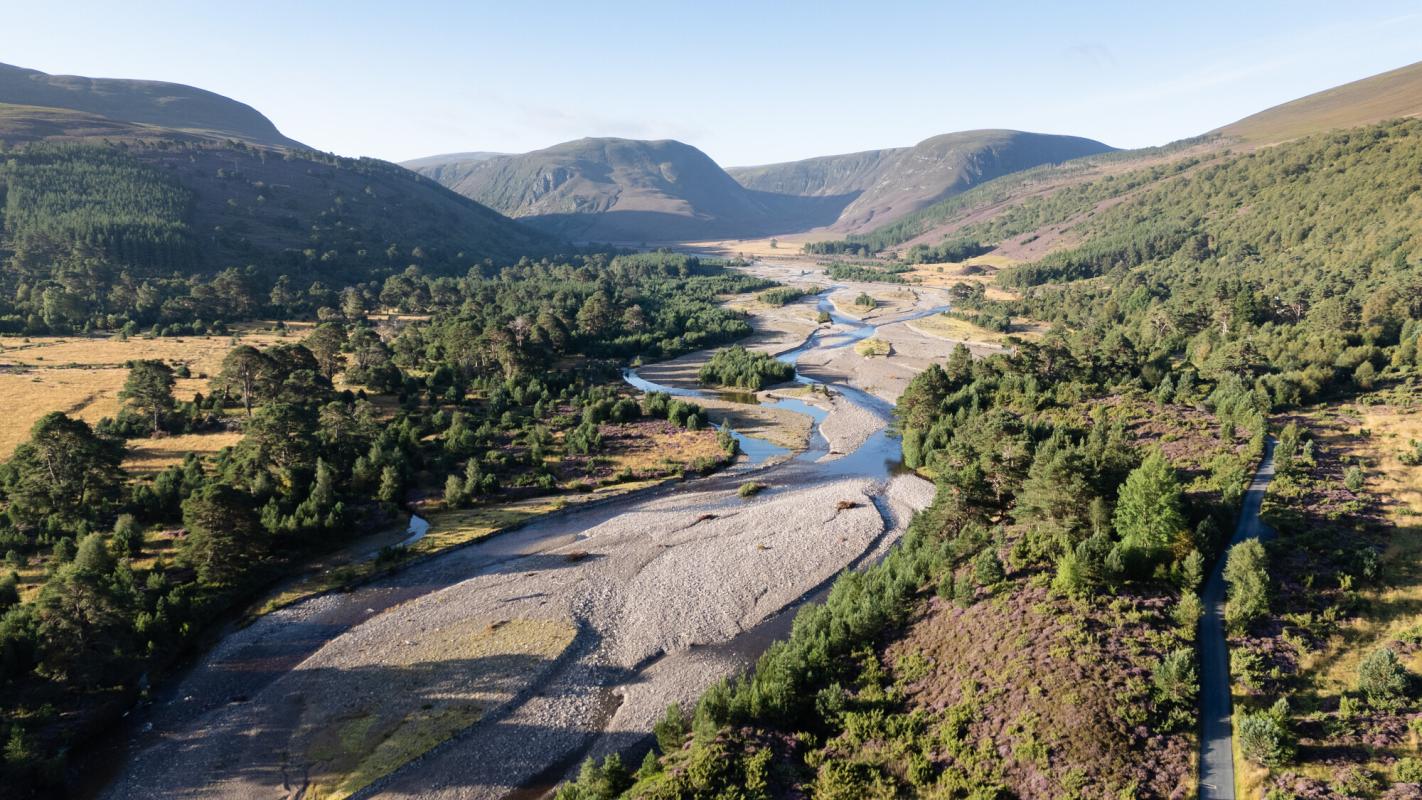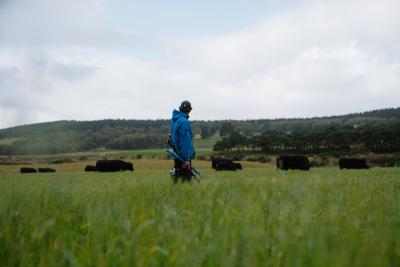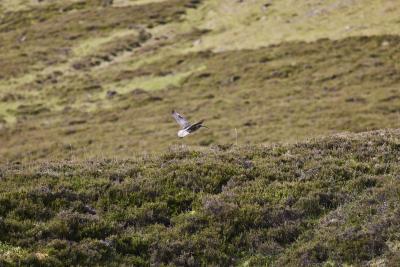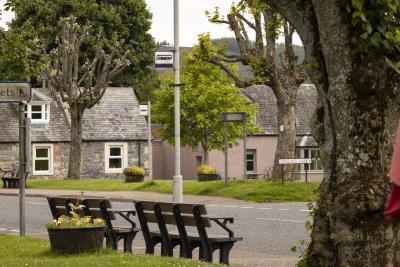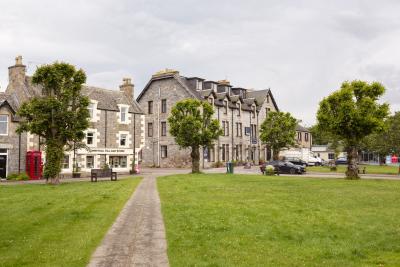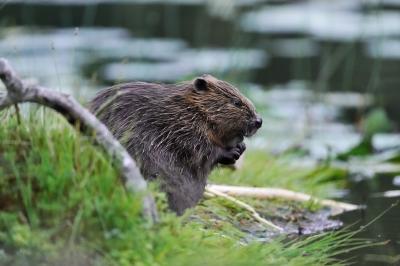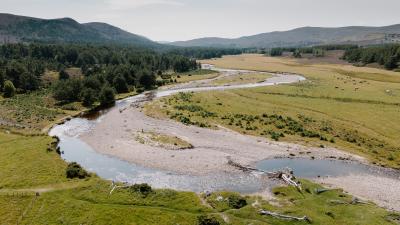Woodland expansion
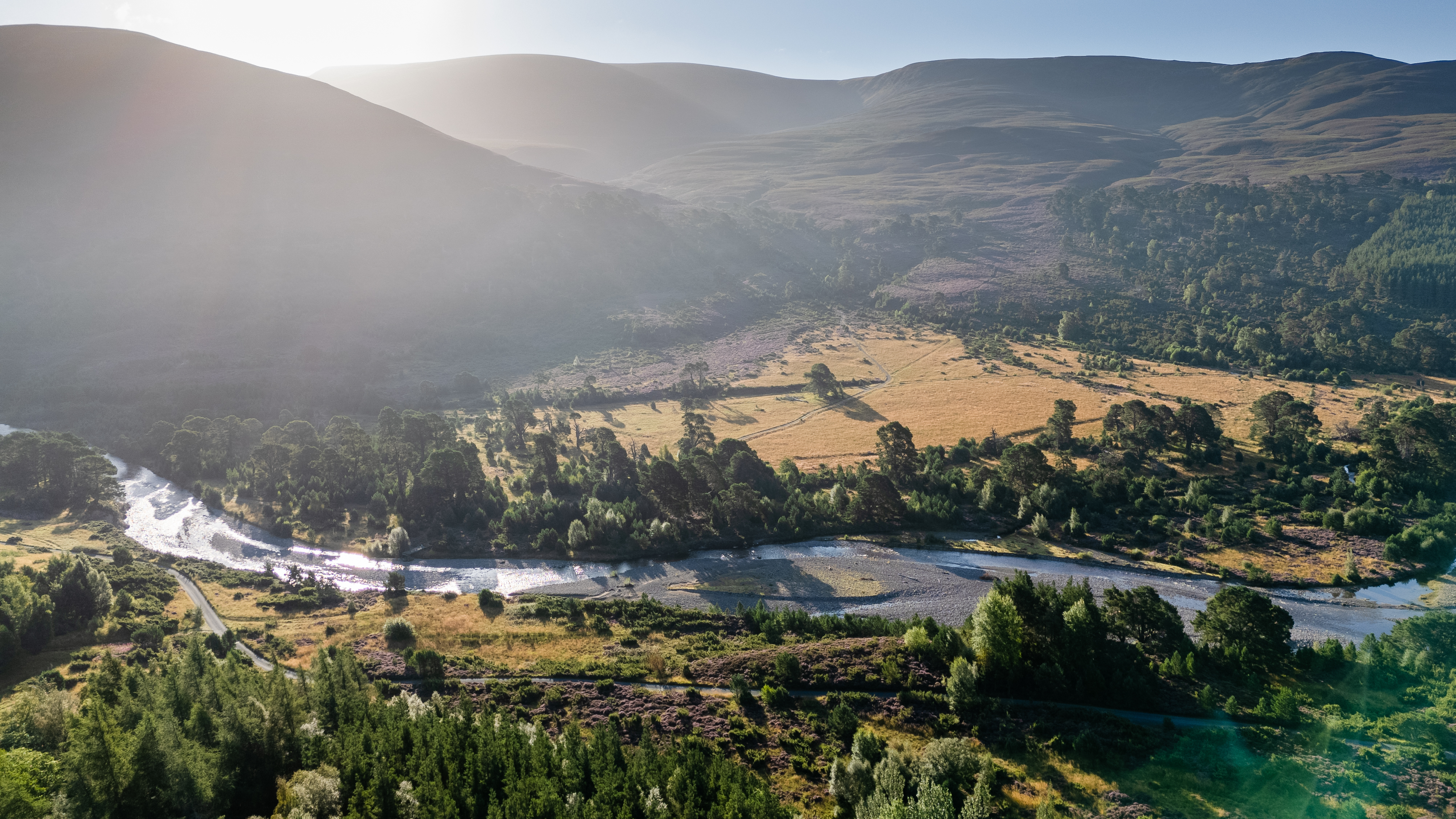
As part of Cairngorms 2030 this project is coordinating woodland expansion across the Cairngorms National Park, playing a crucial part in reaching net zero by making sure that there are more trees to help capture and store carbon dioxide. But it isn’t just quantity that matters; increasing the diversity of trees means healthier ecosystems, connected habitats and more space for a wide variety of species to thrive.
By working closely with landowners and land managers this project is increasing the amount of land covered by native trees within the National Park by at least 21,000 hectares (nearly 34,000 football pitches!) between 2023 and 2028.
This is a huge undertaking, but a critical part of our response to the nature and climate crises. By planting native species – that is trees like aspen and some rare montane bushes that arrived naturally in the area rather than through human intervention – and creating high quality woodlands the project is giving nature a helping hand and restore the diversity that is necessary to help other plants and animals to thrive.
It isn’t just plants and animals that rely on our woodlands, nor are they be the only ones who are benefitting. Tree planting efforts of this scale can only be achieved with the support of partners and volunteers, providing local opportunities for people to get involved and give their time to leave a legacy within the National Park.
Guided by our principle of the right tree, in the right place, for the right reason, this project is helping to achieve diverse, climate-resilient and productive woodland across the Cairngorms.
Get in touch
If you would like to support this project or find out how you can get involved please email [email protected]
-
Date
July 2021 - December 2028
-
Value
£4,258,000
-
Location
Park-wide
-
Partnership plan objectives
-
Partners






